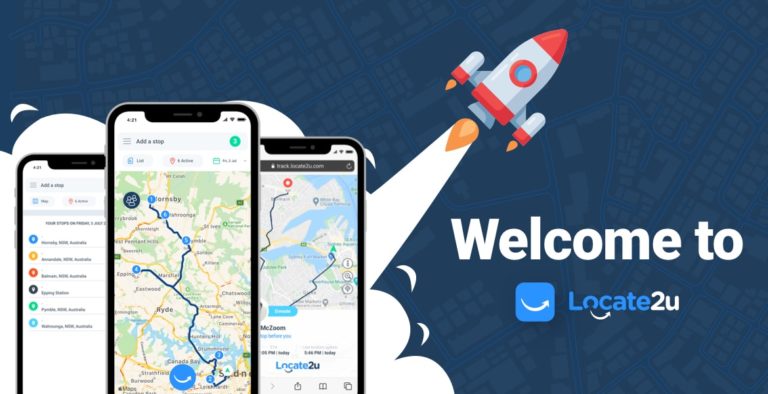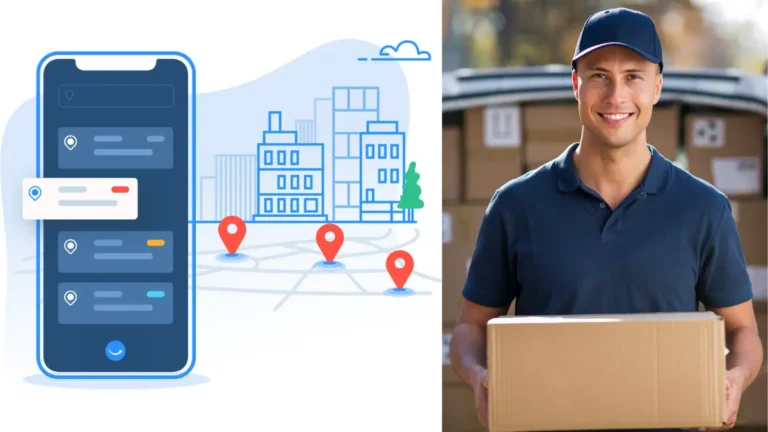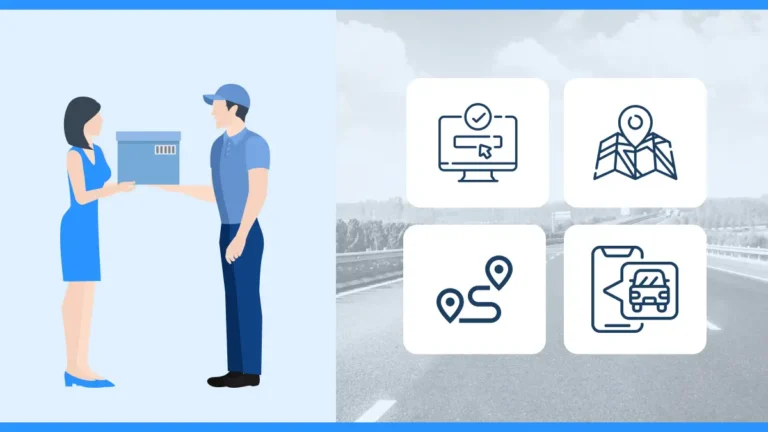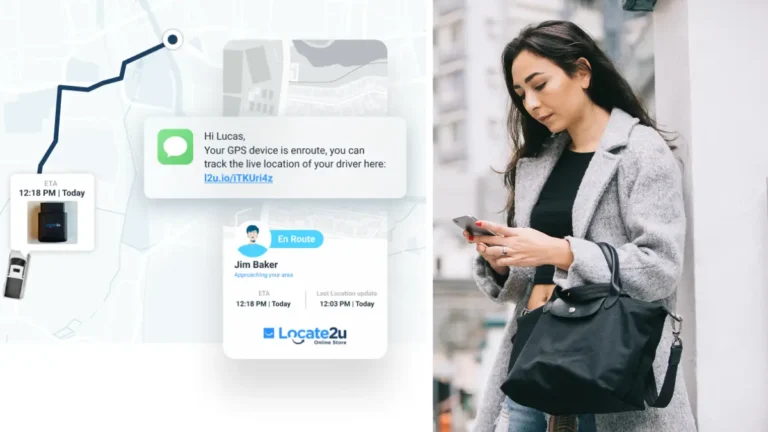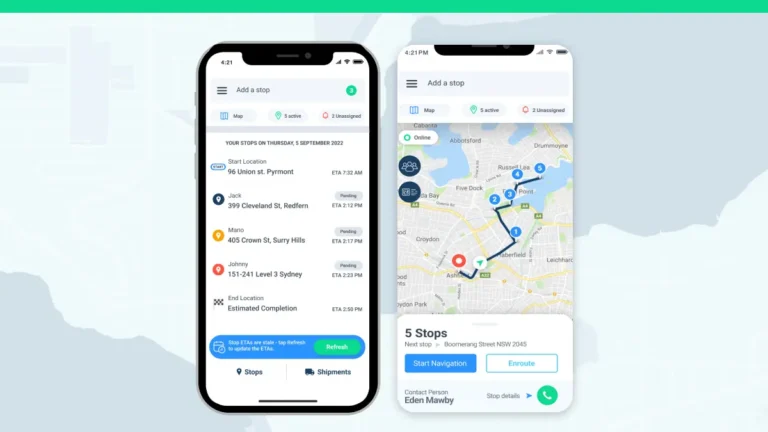As green technologies become increasingly crucial, a startling truth emerges: Consumers hesitate to embrace eco-friendly innovations due to a lack of information. This can be fixed through social learning.
According to the MIT Sloan School of Management, the key to unlocking the full potential of these incentives lies in understanding the power of social learning, and how it impacts green technology.
Why is this important? Based on this data, governments can promote the adoption of green products and educate policymakers.
Green tech hesitancy
Writing for MIT’s Ideas Made To Matter, Dylan Walsh explains the gap between governments’ attempts to push greener initiatives and consumer’s willingness to buy into green tech. Electric vehicle (EV) prices are simply still too steep.
“EV purchases are still relatively anemic,” says Walsh, “in part because economics aren’t the only roadblock to their adoption. Green technologies are novel, and consumers have reservations.”
According to data from Cox Automotive, the average price of an EV in February was $52,314. Despite being down from $54,863 in January, it’s still not enough to address consumers’ uncertainties, such as range anxiety.
How can this gap be closed? This is where ‘social learning’ comes into play.
Social learning and green technology
The concept of ‘social learning’ was first introduced by psychologist Albert Bandura in 1977. His theory is straightforward – humans learn new behaviors through observation and imitation.
In a modern setting, particularly in the context of green technology, customers use new information to make purchase decisions differently from before. MIT’s Professor Tingliang Huang believes this could be used “to effectively manage green product adoption.”
Huang and his associates believe that incorporating social learning into government subsidy programs will encourage people to adopt green tech. “When the government can adjust subsidies after observing online reviews, social learning leads to greater social welfare at given capacity level.”
Social learning in action
How does all of this work? Let’s say you want to install a solar panel system but it’s too expensive. The government steps in to help by offering a subsidy to drop the price of solar panels. Finally, you can afford a solar panel system.
Your neighbor has been watching all this from the comfort of his porch, and his ears perk up when you tell him about your reduced electricity bill. Now he wants to invest in solar panels as well. This is social learning in action.
New York’s EV fleet is an example. When talking about why cities need to transition to EVs, MoveEV co-founder Kate Harrison commended the city’s take-home fleets. “Seeing neighbors drive electric vehicles daily serves as a powerful endorsement, motivating nearby residents to make the switch.”
Making green tech trendy
MIT Sloan professor and interim dean Georgia Perakis says governments adopting flexible subsidies could improve social welfare by as much as 5.7%. She says the benefits of these subsidies are multifaceted.
“When reviews are favorable, the government can lower subsidies to preempt the crowding-out effect. When reviews are unfavorable, the government can increase subsidies to promote adoption. Further, we find that flexible subsidies can incentivize additional capacity supply.”
Governments should incorporate social learning when managing subsidies. They could also boost green tech adoption through community outreach events that promote greener practices.
About the author
Cheryl has contributed to various international publications, with a fervor for data and technology. She explores the intersection of emerging tech trends with logistics, focusing on how digital innovations are reshaping industries on a global scale. When she's not dissecting the latest developments in AI-driven innovation and digital solutions, Cheryl can be found gaming, kickboxing, or navigating the novel niches of consumer gadgetry.




